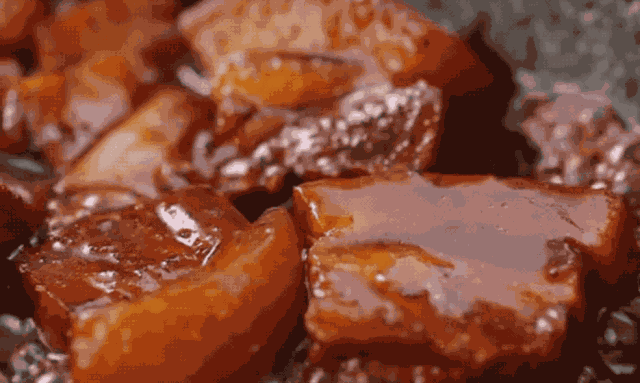How to reuse the old soil that has raised plants and flowers? it will be bad if these points are not done well.

Every time we raise plants and flowers to death, we can get a lot of abandoned old soil. in fact, we can get a lot of old soil in the process of growing flowers. many people directly use the old soil to grow flowers, and these old soil species are likely to carry fungal diseases. there may also be residual pests, which can easily cause plant diseases and insect pests.
The following is to introduce you the correct way to deal with the old soil, properly remove the diseases and insect pests inside the old soil, of course, we also need to restore the fertility of the old soil, which can promote plant growth.
After the treatment of the old soil, it can be used to grow flowers again, and make a good effort to plant, which can reduce the cost of growing flowers and reuse.
If it is an ordinary potted plant, the soil can change the old soil in a year or two, dig up and remove the soil on the surface of the basin soil, be careful not to hurt the roots, and then add some mixed soil of compost soil and peat soil. of course, we should also mix some river sand or perlite properly to ensure that the soil has good drainage.
The old soil needs to be sterilized before it can be used. You can expose it in the sun and spread the old soil directly on a black plastic film. You can turn the soil regularly. After 3 or 5 days of exposure, you can get the soil that is free from disease and bacteria. Then you can mix it into the flower bed, take it to the vegetable garden, mix compost or dung properly, and add some drained river sand, which can be used to re-grow plants.
Used soil will carry some pathogens, such as common fungi, bacteria, nematodes and other diseases and insect pests, and used soil will lack the minerals needed for plant growth, which can lead to plant disease and wilt.
If the soil that has been raised dead plants, it must not be directly used to grow new plants, otherwise it will get sick again and die.
In order to kill the fungal diseases inside, you can expose the used soil in the hot sun, pour the used soil into a black plastic bag, and then put the bag in a sunny place. You can add some water to the bag. In this way, you can keep the bag at a higher temperature. As long as the temperature remains high, you can easily kill the diseases and insect pests inside.
Of course, there are other methods of sterilization and disinfection, you can put them directly in the oven or microwave oven, the temperature reaches about 80-90 degrees, it only takes half an hour to completely remove most of the diseases and insect pests.
You can even water directly with boiling water, which can also achieve the purpose of sterilization, if you want a more direct method, you can directly water with carbendazim solution, but this method may not be able to remove possible residual pests from the soil.
The sterilized soil is not suitable for growing plants and flowers directly. You also need to add some rotten organic fertilizer or other compost soil to it, which can add nutrients as well as other nutrients.
There are a lot of used old soil surface will have a layer of white things, these are the accumulation of salt, which is very disadvantageous to plant growth and fertilization, will prevent plant growth, easy to make the soil partial alkali, resulting in yellow or withered plant leaves.
In order to prevent this problem, you should avoid directly watering the flowers with tap water for a long time. You can put them in a container and use them for 3 days, or you can directly water the flowers with Rain Water or well water, or you can directly water the ferrous sulfate solution to improve the soil alkali condition.
- Prev

White palm pots are cultivated indoors and pay attention to these points so that they can blossom all the year round without having to worry about leaf yellow.
White palm is the most beautiful and fresh indoor potted flower plant, it has perennial green leaves and pure white flowers, these are the reasons why it is popular, white palm is a very common perennial flowering plant, as long as the conservation environment is suitable.
- Next

You can taste the taste of Dongpo meat without leaving home. The second half-price arrangement is on.
Hangzhou is a city that combines "elegance" with secular life very well. in the eyes of Hangzhou people, the voice of Hangzhou is not only the gossip of ordinary citizens playing cards and drinking tea under the sweet-scented osmanthus tree, but also the sound of Dongpo meat in the pot. ...
Related
- Wuhan Hospital Iron Tree Blooming Result Was Instantly Frightened by the Gardener Master
- Which variety of camellia is the most fragrant and best? Which one do you like best?
- What is the small blue coat, the breeding methods and matters needing attention of the succulent plant
- Dormancy time and maintenance management of succulent plants during dormancy
- Minas succulent how to raise, Minas succulent plant pictures
- What are the varieties of winter succulent plants
- How to raise succulent plants in twelve rolls? let's take a look at some experience of breeding twelve rolls.
- Attention should be paid to water control for succulent plants during dormant period (winter and summer)
- Watering experience of twelve rolls of succulent plants
- Techniques for fertilizing succulent plants. An article will let you know how to fertilize succulent plants.

